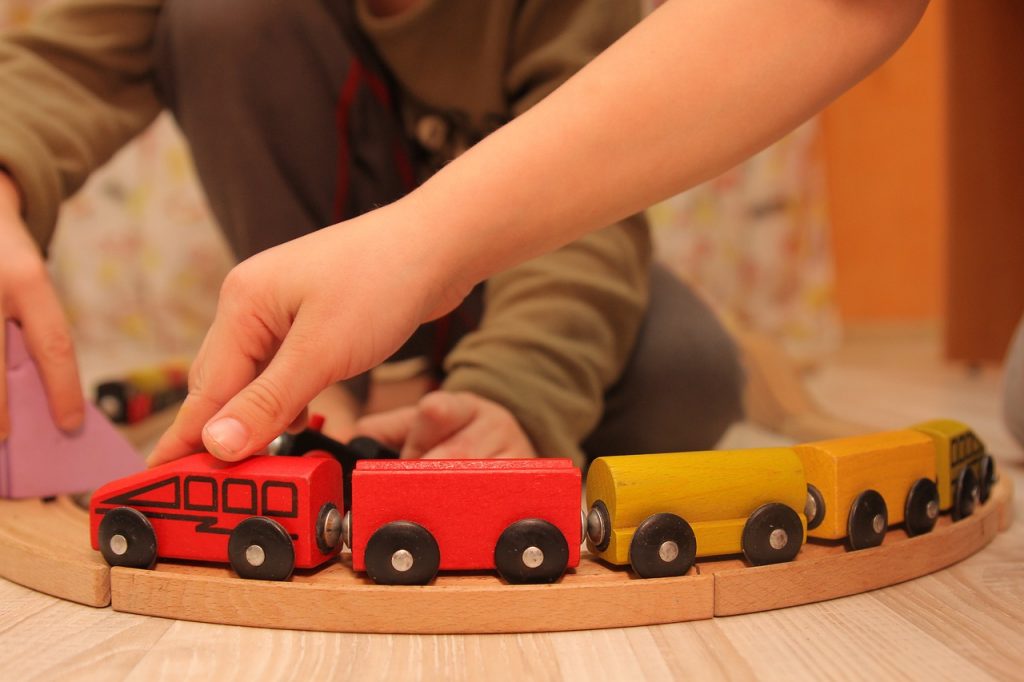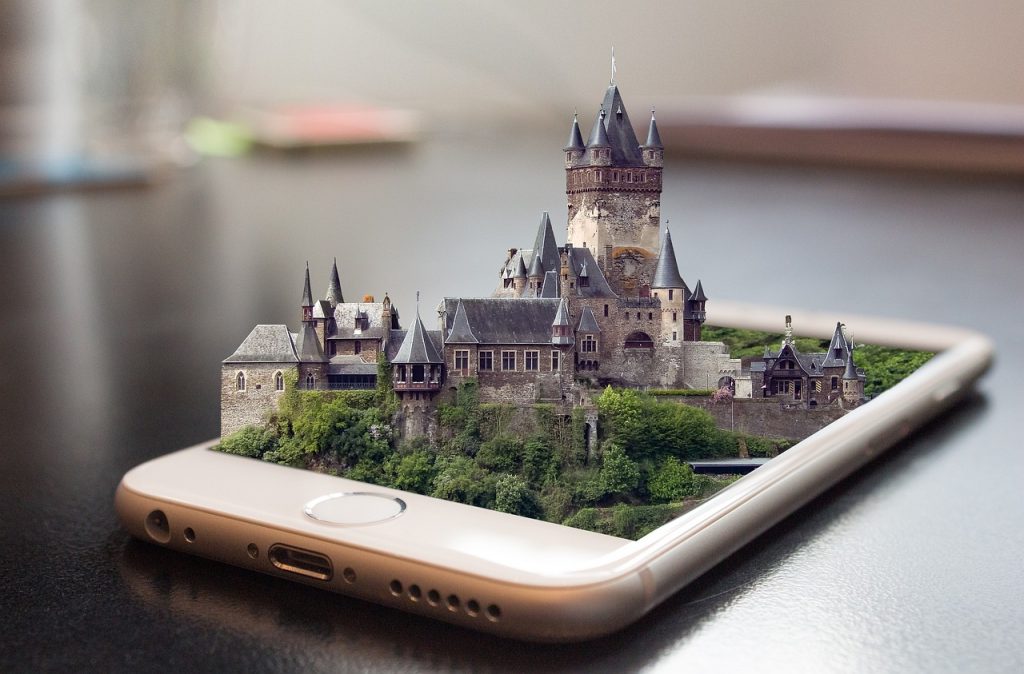A Customer Experience That Will Be Appreciated

GUEST POST from Shep Hyken
When reaching out for customer service and support, most customers still prefer to communicate with a company or brand via the traditional phone call. That said, more and more customers are attracted to and embracing a do-it-yourself customer service experience, known as self-service.
I had a chance to sit down with Venk Korla, the president and CEO of HGS Digital, which recently released its HGS Buyers Insight Report. We talked about investments CX (customer experience) leaders are making into AI and digital self-support and the importance of creating a similar experience for employees, which will get to in a moment. But first, I want to share some comments Korla made about comparing customer service to an IKEA experience.
The IKEA Effect
The IKEA effect was identified and named by Michael I. Norton of Harvard Business School, Daniel Mochon of Yale and Dan Ariely of Duke, who published the results of three studies in 2011. A short description of the IKEA effect is that some customers not only enjoy putting furniture together themselves but also find more value in the experience than if a company delivered pre-assembled furniture.
“It’s the same in the customer service/support world,” Korla said. “Customers who easily resolve their issues or have their questions answered on a brand’s self-service portal, either through traditional FAQ pages on a website or something more advanced, such as AI-powered solutions, will not only be happy with the experience but will also be grateful to the company for providing such an easy, fulfilling experience.”
To support this notion, our customer service research (sponsored by RingCentral) found that even with the phone being the No. 1 way customers like to interact with brands, 26% of customers stopped doing business with a company or brand because self-service options were not provided. (Note: Younger generations prefer self-service solutions more than older generations.) As the self-service experience improves, more will adopt it as their go-to method of getting questions answered and problems resolved.
The Big Bet On AI
In the next 18 months, CX decision-makers are betting big on artificial intelligence. The research behind the HGS Buyers Insight Report found that 37% of the leaders surveyed will deploy customer-facing chatbots, 30% will use generative AI or text-speech solutions to support employees taking care of customers, and 28% will invest in and deploy robotic process automation. All of these investments are meant to improve both the customer and employee experience.
While Spending On CX Is A Top Priority, Spending On Employee Experience (EX) Is Lagging
Korla recognizes the need to support not only customers with AI, but also employees. Companies betting on AI must also consider employees as they invest in technology to support customers. Just as a customer uses an AI-powered chatbot to communicate using natural language, the employee interacting directly with the customer should be able to use similar tools.
Imagine the customer support agent receives a call from a customer with a difficult question. As the customer describes the issue, the agent inputs notes into the computer. Within seconds, the agent has the answer to the question appear on their screen. In addition, the AI tool shares insights about the customer, such as their buying patterns, how long they have been a customer, what they’ve called about in the past and more. At this point, a good agent can interpret the information and communicate it in the style that best suits the customer.
Korla explains that the IKEA effect is just as powerful for employees as it is for customers. When employees are armed with the right tools to do their jobs effectively, allowing them to easily support customers and solve their most difficult problems, they are more fulfilled. In the HGS report, 54% of CX leaders surveyed cited talent attraction and retention as a top investment priority. So, for the company that invests in EX tools—specifically AI and automation—the result translates into lower turnover and more engaged employees.
Korla’s insights highlight the essence of the IKEA effect in creating empowering customer experiences and employee experiences. He reminds us that an amazing CX is supported by an amazing EX. As your company prepares to invest in AI and other self-service tools for your customers, consider an investment in similar tools for your employees.
Download the HGS Buyers Insight Report to find out what CX decision-makers will invest in and focus on for 2024 and beyond.
Image Credits: Pixabay
This article originally appeared on Forbes.com
![]() Sign up here to join 17,000+ leaders getting Human-Centered Change & Innovation Weekly delivered to their inbox every week.
Sign up here to join 17,000+ leaders getting Human-Centered Change & Innovation Weekly delivered to their inbox every week.
